What Do You Need to Know to Choose the Perfect Paint Colors?
You saw some inspirational home interior photos and decide to change your paint colors to create what you saw, but how do you know that you choose the right paint colors for your home?
If you want to find the perfect paint color for your unique home, then looking at some designs and decide toward it will not make you happy.
I know what will make you happy, which is to take these actionable steps to find the perfect paint colors that suit your home needs.
I will share some inside tricks that designers use and guide you through your journey.
After that, you will be able to balance colors in your room, decide color tones through your home location, and find the perfect shade by testing.
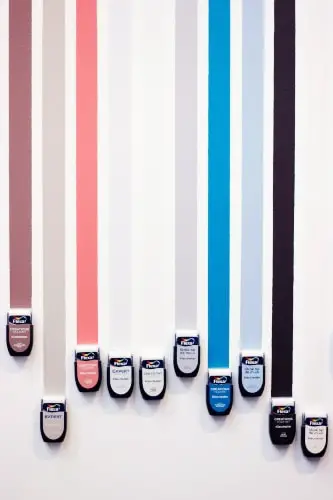
I am giving you the answer to your confusion about how to know that you choose the right paint colors for your home interior. It is to follow these step-by-step process.
Otherwise, you will not understand that the colors you decide are perfect for your home until you see the result. It will be too late to change your colors anyway.
Follow up Paint Colors for Home to get daily inspiration dose of interior paint colors and learn more interior paint colors.
[lwptoc]
#1 Defining Colors in Room
Defining your existing colors and learn to use them to create balance in your room is the first step. I want you to take notes of your furnishing colors.
Write all that down and then put the colors in order from more used to less.
Why are we doing that?
Before you choose paint colors, you need to be aware of what colors in your room stand out and not.
Specifying the use range will help you find the primary and accent colors in your room when creating your room color palette. Adding some approximate percentages will make it more clear if you want to.
Let’s say I have a room that uses predominantly black, and following it the shades of green and a little grey. I would note that like:
Primary Color: Black 60%
Main Accent Color: Green 25%
Second Accent Color: Grey 15%
The next step is finding the overall undertones of the colors and materials in your room.
Grab a piece of white paper in your hand and check your fixed surfaces (your cabinet, flooring, etc.) undertones. Let me show you what to do;
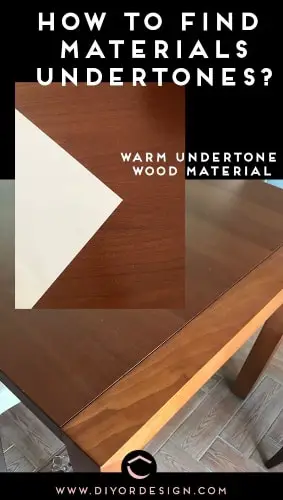
As you see, the wood tones in these photos will be read more apparent when I place white paper.
The right side wood-tone becomes noticeable grey-green colors inside it, which means it has a cold undertone. The left photo has a warm red undertone when I place a white paper on it.
Figuring out your fixed surfaces has a warm or cool undertone is enough.
If you know what type of wood you use, you can google it to find whether it has a cold or warm undertone.
(Note this down as well)
Next, you have two indications: your actual colors and your undertones.
It is time to create your room color palette. I want you to create a color palette using your existing colors and add 1 or 2 paint colors you want in your room.
Just enjoy the process and create color palettes as much as you want.
Try to be creative. If you need any help, read these steps to create unique color palettes, and use these color palette guide below.
#2 Orientation (North or South Facing)
The second step is to know what your room needs. The orientation of your room or house will tell you what exactly it needs.
Are those windows of your room facing more North or more South?
If your answer is North, then that means your room will receive less light during the year.
If the light is a problem in your room that you were aware of: try to choose warm undertoned light paint colors. It helps you to warm up space visually, and light colors make your room appear brighter.
The answer is South; then, it means that your room will receive more lights and warm up throughout the year. It would help if you incorporated cool undertoned color schemes to cooling the room visually and literally.
PS. If your room’s orientation is not North or South, remember the first step that we find your fixed surfaces undertones, you can confidently use that knowledge and move on.
Create more or add more colors to your palettes if you need too.
Designer’s Tips: Finding a white paint color and understanding the undertone is a tough thing. Here are the white paint colors that I am in love with, and you can find out whether it is a cool side or warm side.
#3 Popular Paint Colors
3rd step is to learn popular paint color combinations based on room functions.
This step aims to answer the common question, “How to choose paint colors?” with some popular options. Also, it is essential to prepare you for the next step, which I call elimination.
Popular Paint Color Combinations for Kitchen
- White, grey and wood tones
- Grey, white and espresso
- White, grey and yellow
Neutral colors dominate today’s kitchen paint choices. If you want to add some color, then do it, but be careful before using orange or red. These two colors have famous for increasing appetite.
Popular Paint Color Combinations for Living Room
- Beige, blue and orange
- White, blue and brown
- Charcoal grey, light grey and green
Popular Paint Color Combinations for Dining Room
- White, red and chocolate brown
- Black, grey, and gold
- White, black and olive green

Popular Paint Color Combinations for Bedroom
- Grey, white and various wood tones
- White, blue and gold
- Cream, muted red and chocolate brown
If you are looking for paint colors for one of these rooms and have these colors in your color palette, that is great. Now you can use one of these combinations.
PS. Interior design styles have a role in critical decisions making to choose paint colors, so if you have a specific design style, you need to evaluate your style colors as well. Learn about your style through the Interior Design Category.
#4 Elimination (Making Decisions)
You would have several color options for now if you followed the process step-by-step. Don’t worry if you have lots of color choices. This step is all about reducing your options.
The first thing you have to do is deciding how many paint colors you want to use.
If you choose paint colors for a master bedroom, a large living room, or an open floor plan, you can use 2-3 colors in your walls.
If not, then 2 is the maximum number you should consider using, but I prefer to pick just one color for small rooms.
Those who want to use 2-3 colors:
Using more than one paint color is not easy. I am confident that if you use your paint colors like that, your walls will look amazing;
- Pick one neutral color inside the color schemes that you create after these steps. The neutral color will be your primary paint color.
- 2nd paint will be anything neutral or color.
- Here is the tricky part. If you want to use the 3rd paint color, I recommend using different shades of your 2nd paint color. It might be lighter or darker hues but stick with the colors in that color cart.
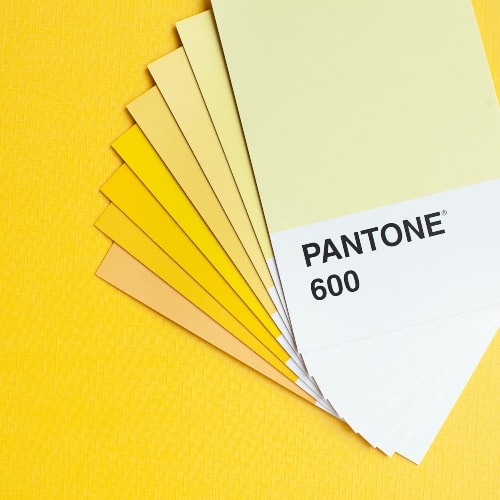
PS. Don’t forget to use the same undertones when you are picking all your paint colors.
When you are painting your room, use your primary color %70 of your room, main accent %25, and second accent %5. Be careful with paint color transitions.
Designer’s Tips: By looking at the paint chip, you can easily understand the undertones. All you need to do is checking on the bottom of the paint strip. The color placed in the bottom is the most saturated version, and you can quickly tell the colors on that strip has a cold or warm undertone.
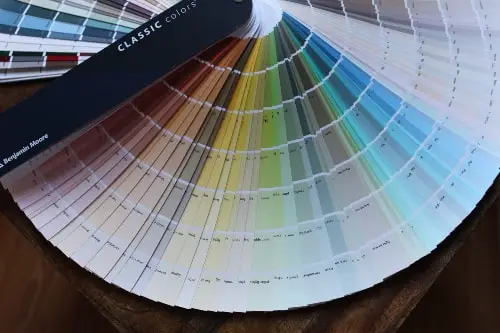
Those who want to use one color:
- If you have lots of colors going on in your room, I recommend selecting a neutral paint color.
- All you need to do is to decide a color with matching undertones and test it.
With this step, you need to reduce your options to 2 or 3 colors, for those who want to use more than one paint color need to decide 2 or 3 color combinations.
You can’t know the perfect paint colors until testing it.
#5 Test Your Colors!
Choose paint colors by just looking at paint chips is a huge mistake. Do you know why? Because colors on small chips will always look different in the expanse of that paint color.
Testing will help you to don’t make any mistakes. I want you to be aware of this process and the importance of testing because changing your paint colors after spending money and time to paint your wall is a tiring journey.
- Get at least 2 samples in that color range.
- Paint 2-foot by 2-foot square on either a piece of paper or cardboard.
- Make sure to paint two coats.
- Let the paint dry.
- Use tape and hang your samples on the wall, which will be painting with that color.
- Watch the paint color at least a day to understand the light and color relation.
After this test, if your color still looks impressive, I confidently say that you now find the perfect color for your unique room.
Deciding your paint colors by looking at someone’s home is not a way to make you successful or finding perfect paint colors.
The answer to your question: “how to know that you choose the perfect paint color” is to know these steps and get in action.
If you already decided your paint color without considering any of these, you couldn’t see until you paint, which is a consequence of disappointment most of the time.
Which color do you think will suit your room better?
Comment below and tell me what the #1 thing you are struggling with choosing your paint colors.



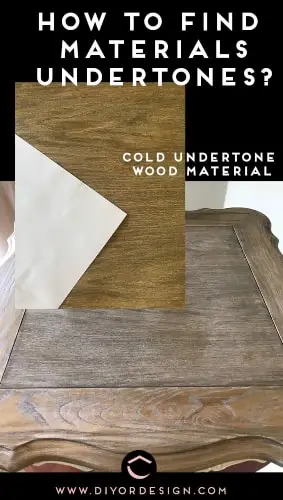

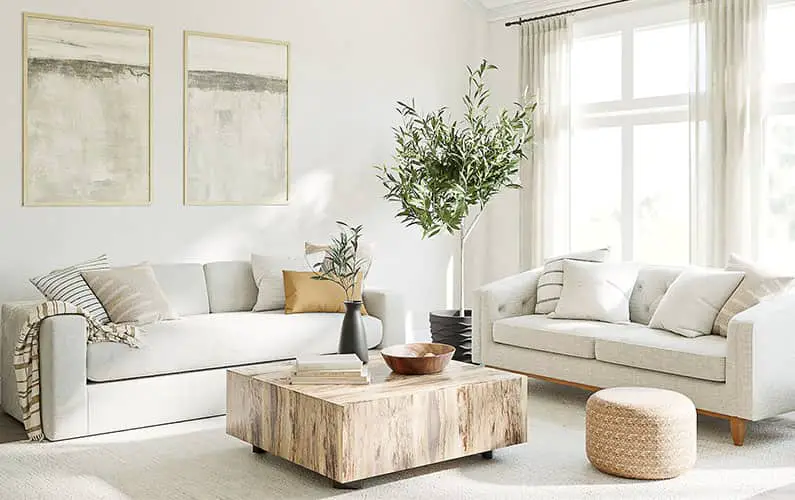


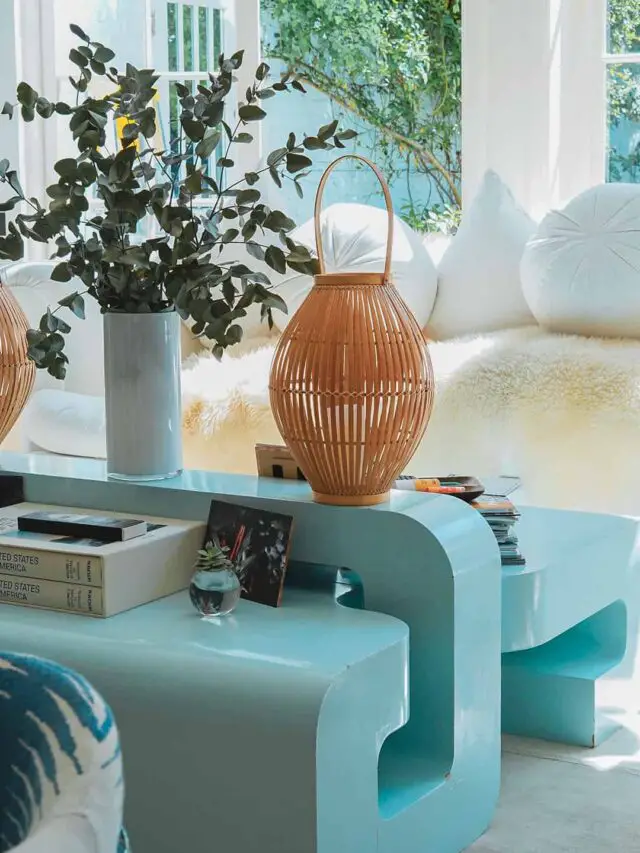
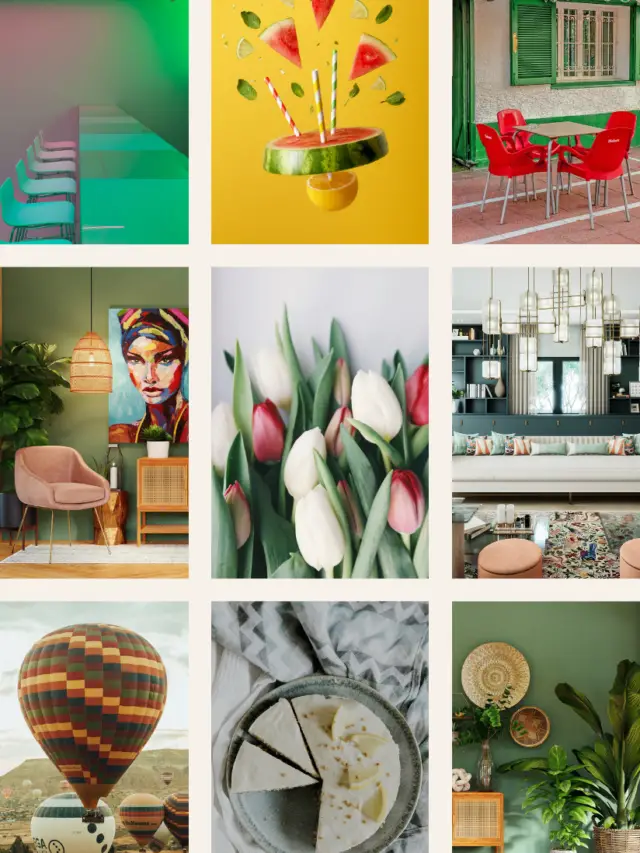
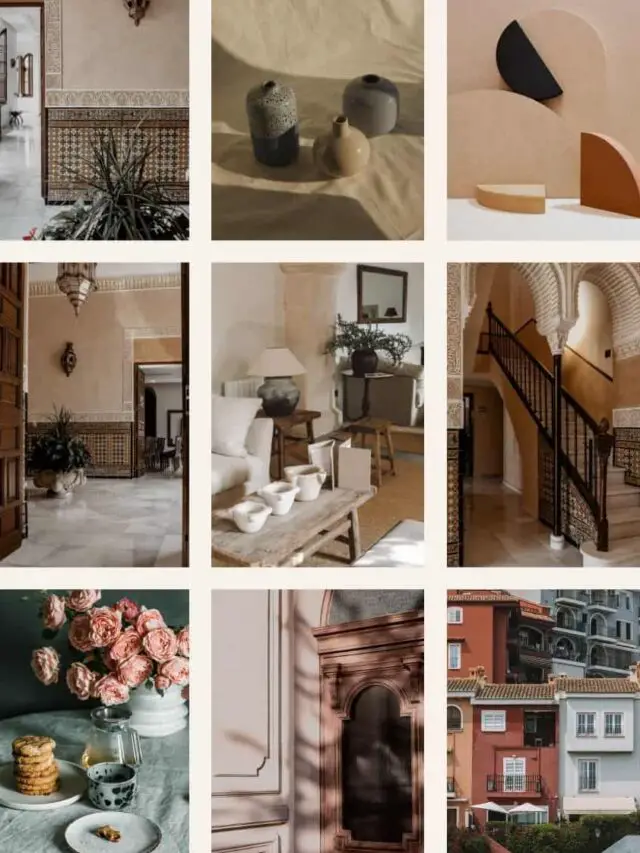
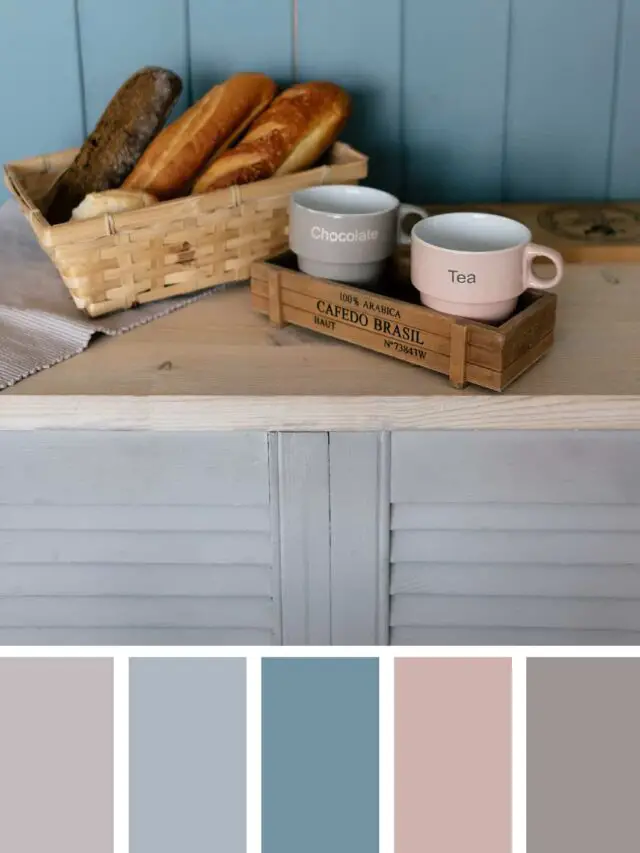

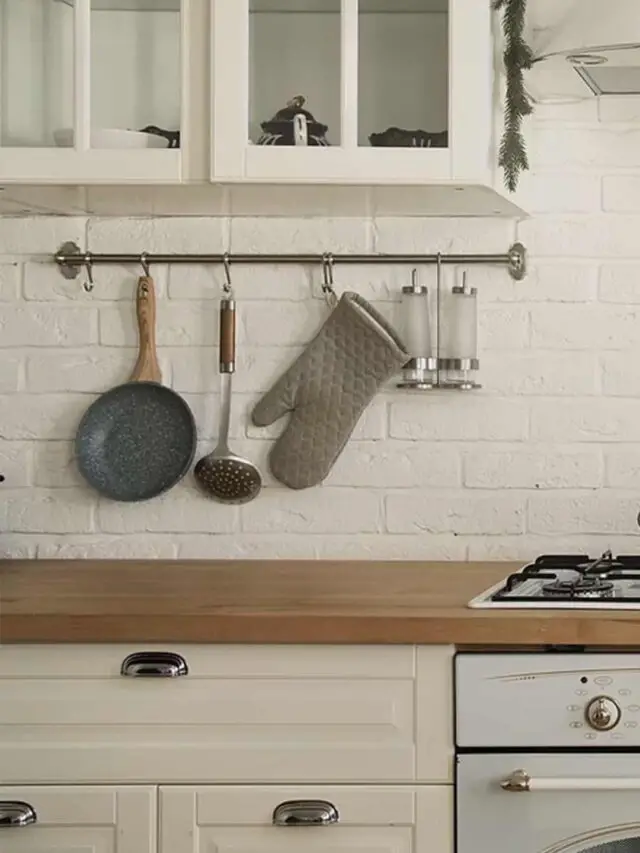
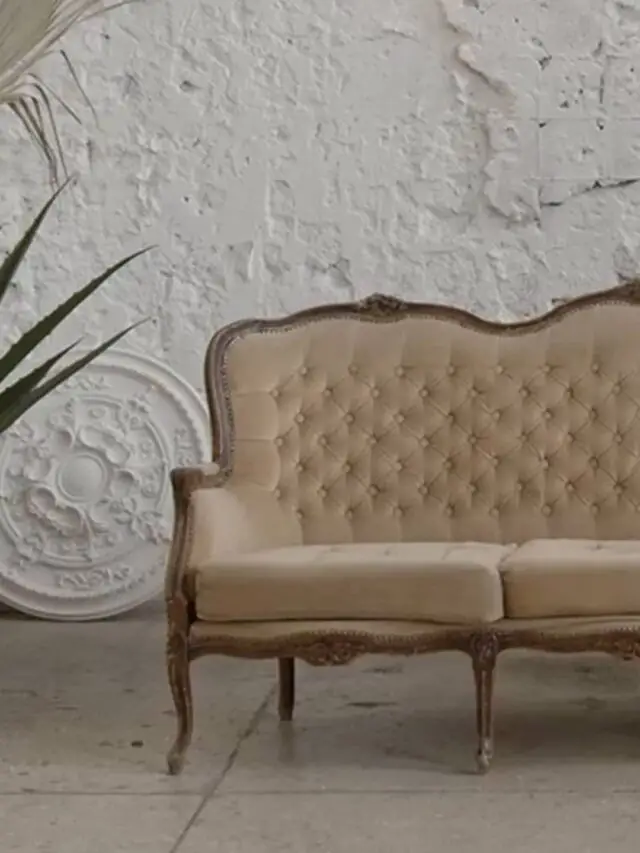

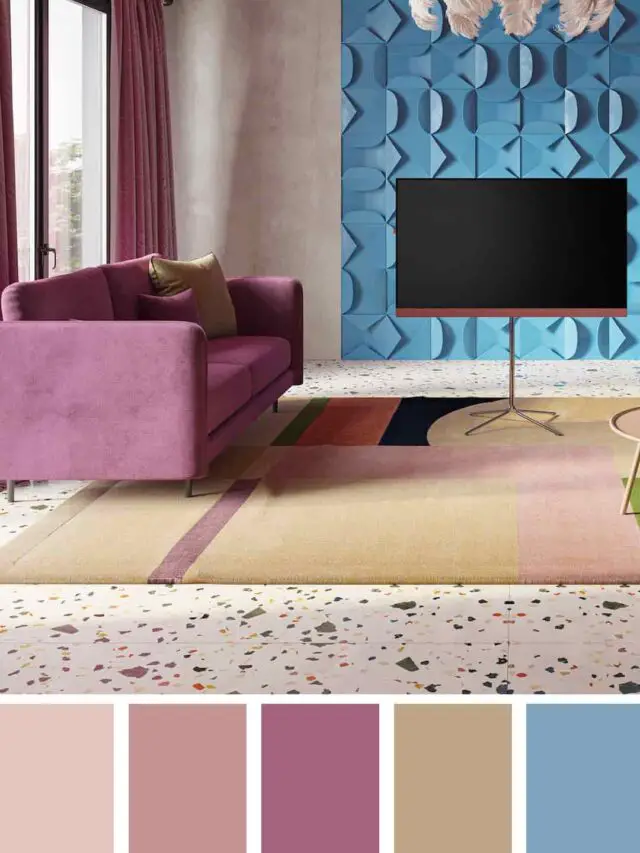
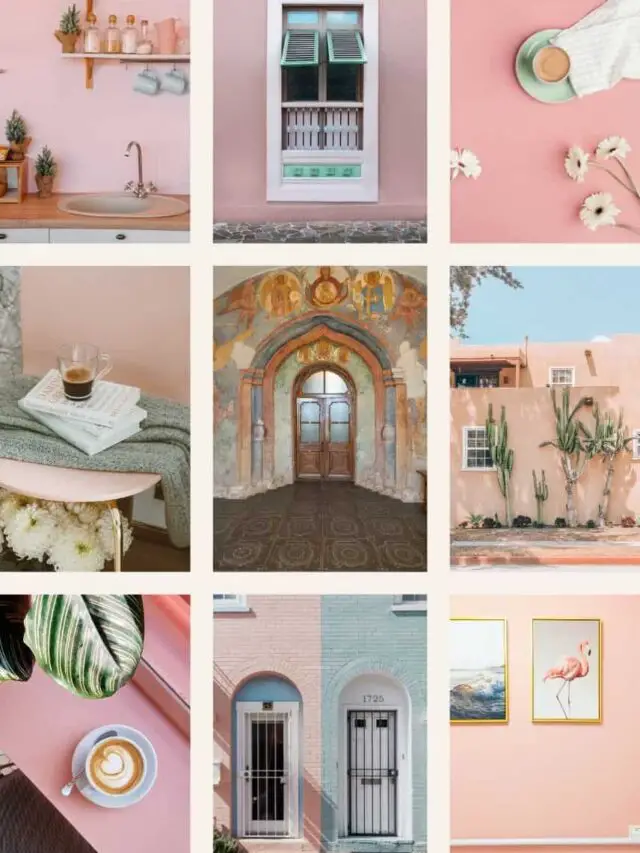
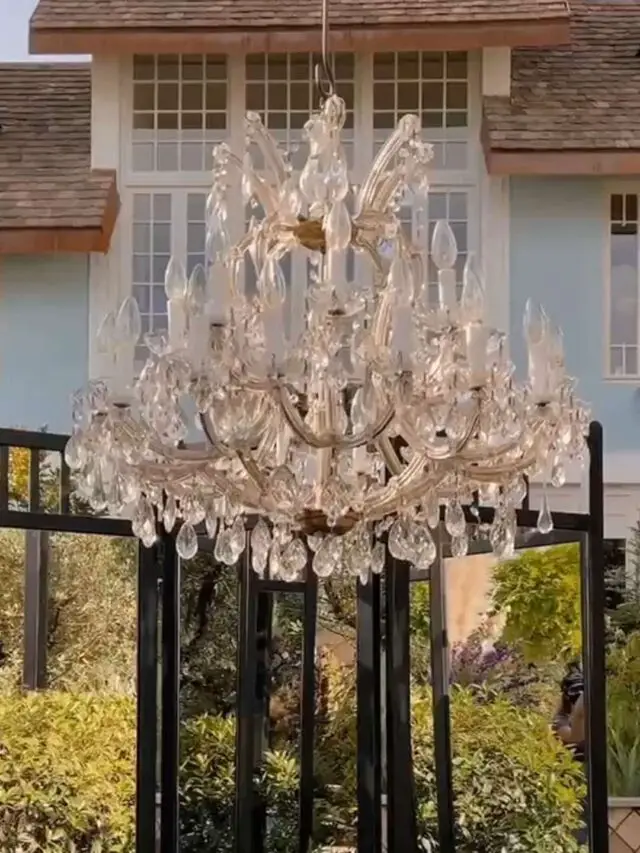
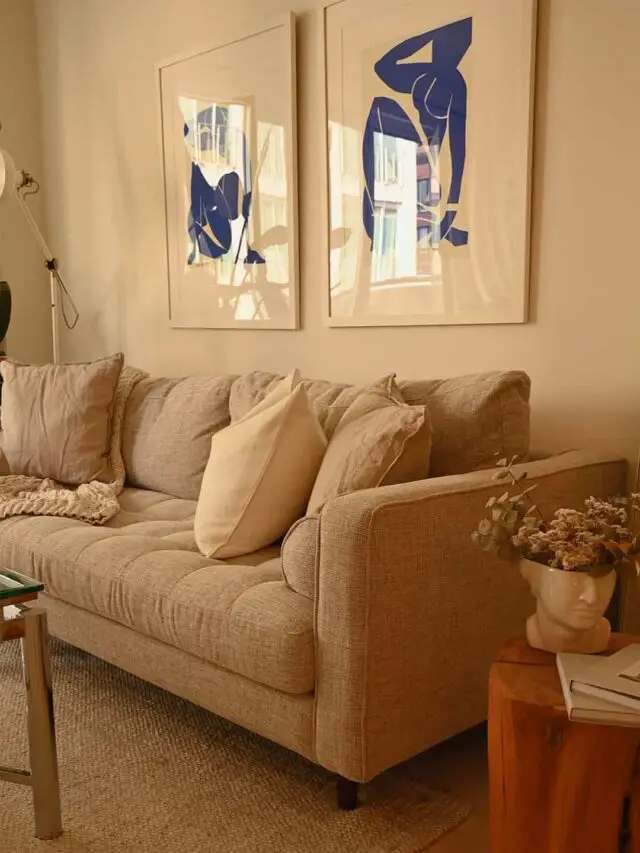
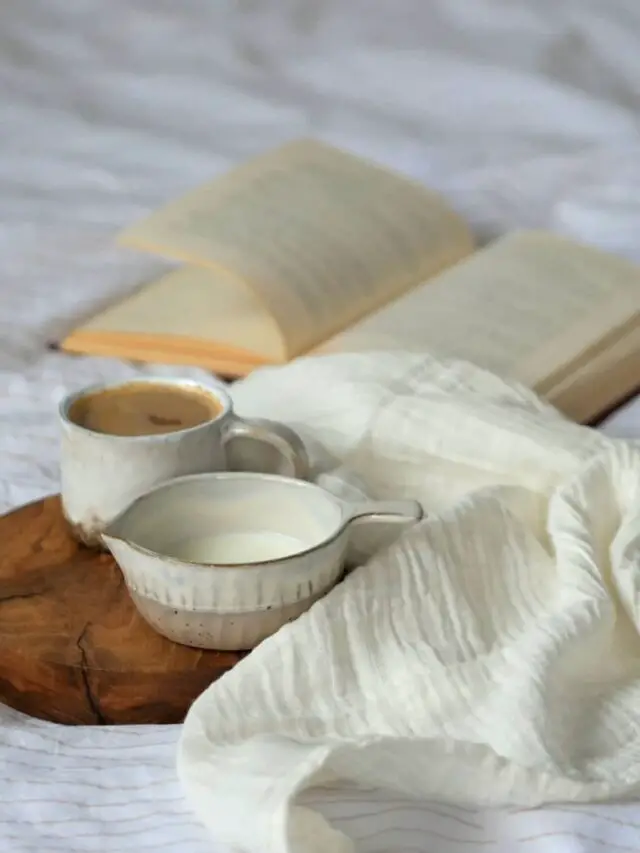
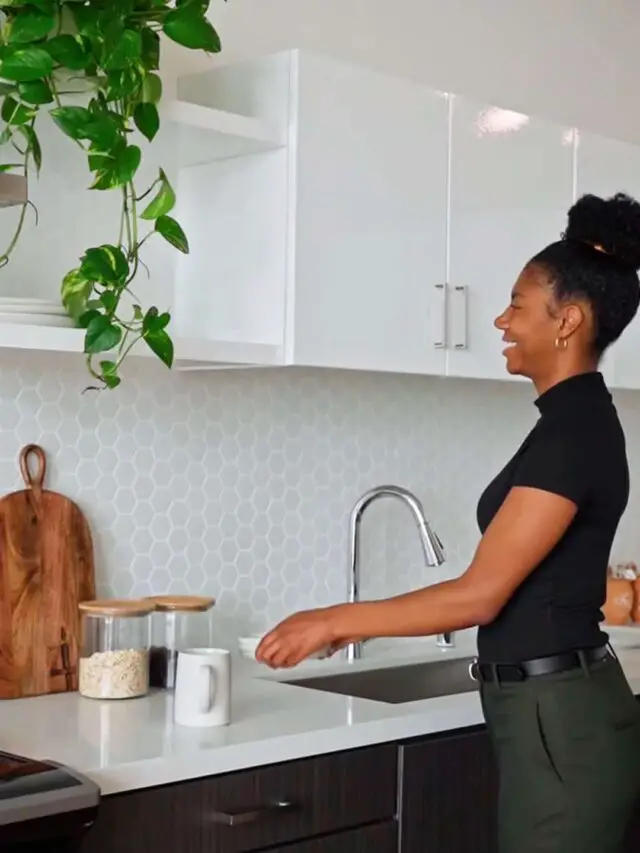
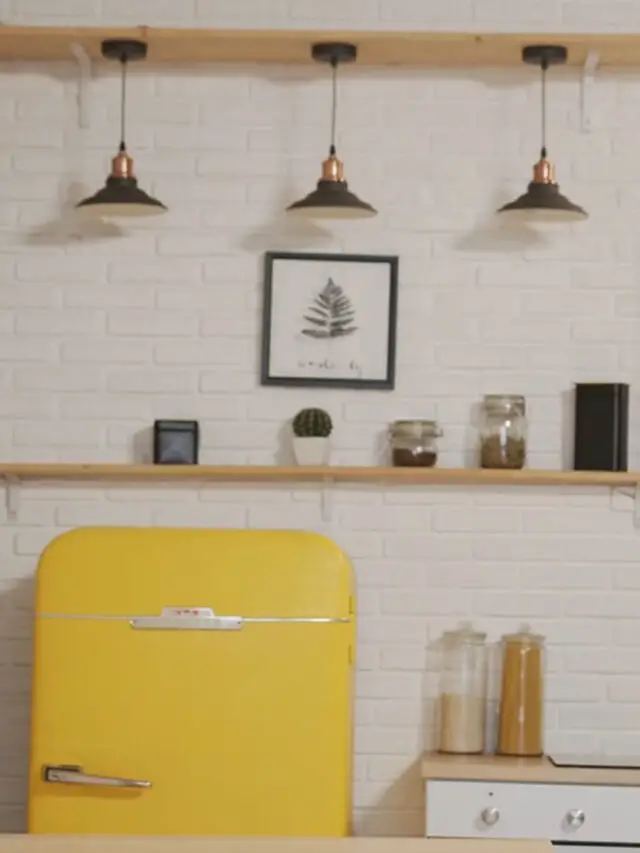
0 Comments